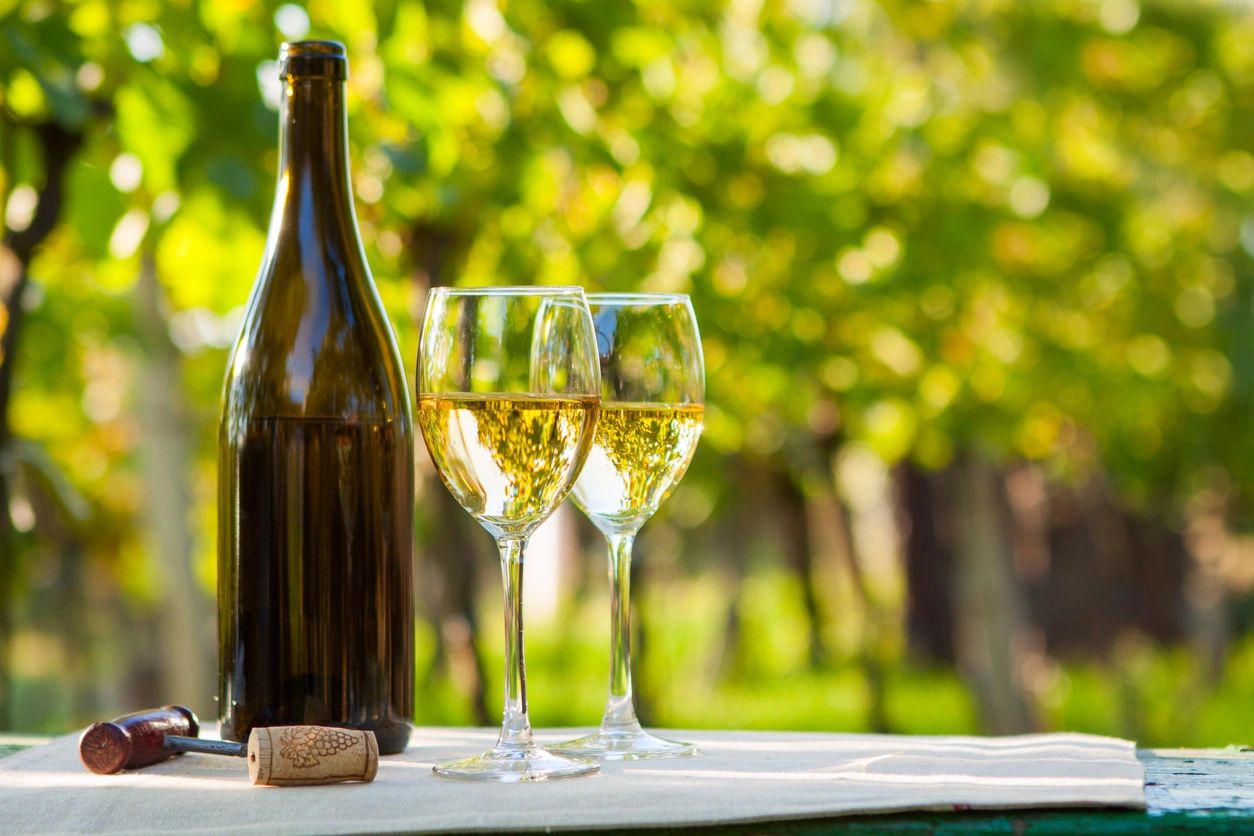
If you’re a fan of bright, fresh, aromatic, and crisp white wines, you’ve likely experienced a sauvignon blanc (also known as sauvignon) at least once or twice. As one of the most popular white grapes in the world, it’s grown in just about all the world’s wine regions, but its flavor profile, texture, and qualities vary significantly, depending on where it’s grown.
Sauvignon Blanc Flavors
In cool-climate growing regions, sauvignon’s flavors tend toward citrus—specifically grapefruit, but often with lime and sweet lemon notes. Typical aromas and flavors include fresh-cut grass, green apple, and gooseberry, but in hotter climates, like California, the wine takes on more tropical fruit flavors, like passionfruit, quince, and honeydew melon.
Best Wine Regions for Sauvignon Blanc
Sauvignon blanc is most often associated with French wine regions of the Loire Valley and Bordeaux. In the Loire, sauvignon is the basis for wines like Sancerre and Pouilly-Fumé, the latter of which stands out for its distinctive steeliness and gunflint aromas.
In Bordeaux, sauvignon is one of two allowed white grapes in the region and is generally blended with semillon to produce wines under the Bordeaux appellation. Within that region, you’ll also find sauvignon as an essential component of Sauternes, one of the world’s most famous, long-lived—and expensive—sweet wines. To give you an idea of just how precious and sought-after Sauternes can be, a half-bottle of Chateau d’Yquem sells for anywhere from $200 and up on release, but older vintages have fetched more than $100,000 at auction.
But not all sauvignon blanc is quite that serious. In the new world, you’ll find excellent examples in New Zealand, Chile, California, and South Africa. It tends to do well in any climate as it’s an early ripener. Typically, hotter climates are not ideal for aromatics, but sauvignon’s natural acidity is high enough to carry it through.
California
California sauvignon blanc, in particular, tends to be juicy, highly perfumed, and richly textured, with the best examples perfectly balanced with generous, mouth-watering acidity. For any wine lover who’s looking for an interesting alternative to chardonnay, sauvignon blanc just might be your next crush!
Chile
Chilean sauvignon blanc is grown at higher altitudes, giving it more cool-climate characteristics. The quality and value are excellent here, and most of the wines are bone dry with grassy and tartly citrus notes.
New Zealand
And no discussion about sauvignon blanc would be complete without talking about New Zealand. This tiny southern hemisphere country produces what’s considered to be a benchmark for sauvignon, with well-developed aromatics and a range of styles and qualities to please just about every palate. Some of the most notable sauvignon blanc from New Zealand include Cloudy Bay, Mud House, Dog Point, Loveblock, and the ubiquitous Kim Crawford.
Pairing Sauvignon Blanc with Food
Sauvignon is refreshing on its own as an aperitif, but it’s also one of the most versatile white wines to pair with food. Even foods that are typically difficult to pair with wine—like salads, asparagus, artichokes, and vegetables in general—do well with sauvignon. Try it with a roasted beet and goat cheese salad, grilled shellfish, or pasta with fresh pesto and arugula.



